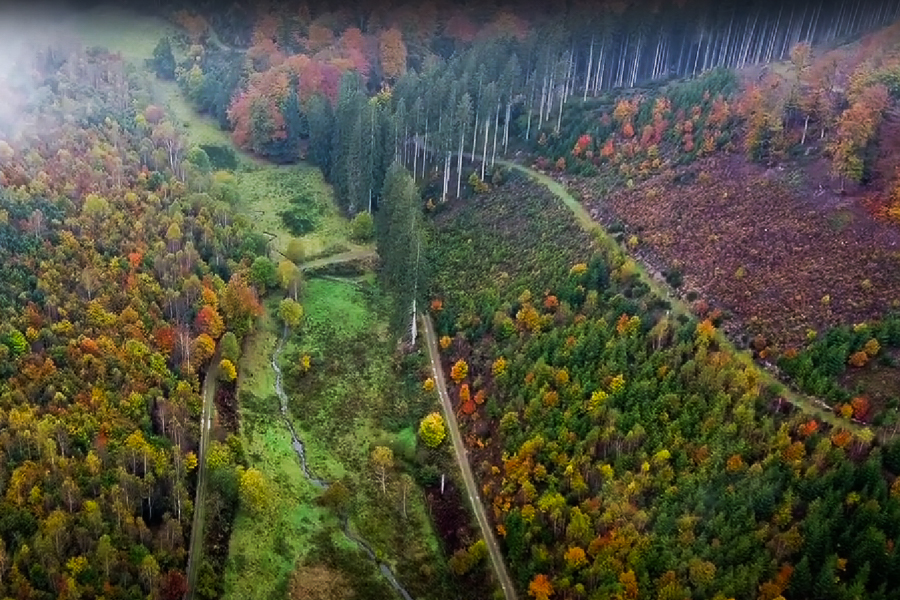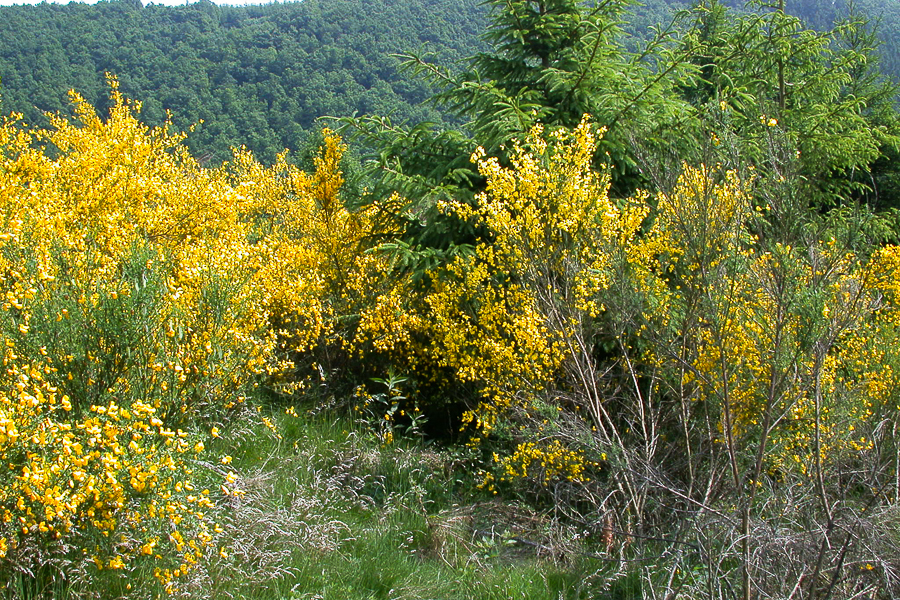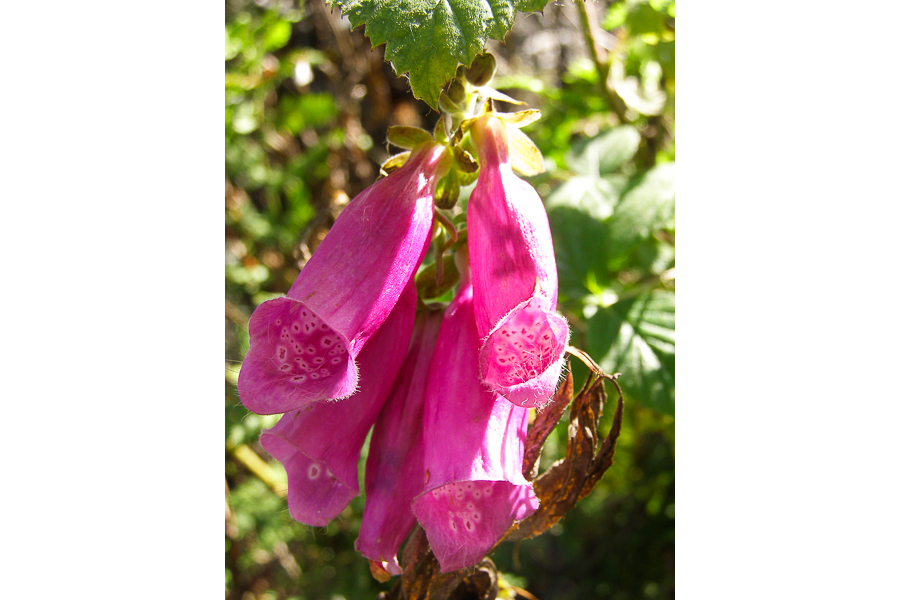 Credit: natur&ëmwelt
Credit: natur&ëmwelt
Luxembourg has what is known as a Temperate Climate in which winters are generally mild and summers comparatively cool, with rainfall that can be high; its flora and fauna have thrived in and adapted to this climate over the centuries and millennia, with ongoing challenges due to pollution and recent climate change, as well as the introduction of non-native species, resulting in disruptions to the norm.
Nevertheless, with various initiatives and organisations helping the ecosystem and habitat, including sustainability and re-wilding, there is a lot happening in nature across the Grand Duchy.
Chronicle.lu has teamed up with natur&ëmwelt (the non-profit organisation (naturemwelt), the foundation (Hëllef fir d'Natur) and the Wildlife Care Centre (Flegeestatioun)) for a series of articles on Luxembourg's nature reserves, in which we look at the natural habitats that preserve biodiversity and protect ecosystems from development, pollution and intensive agriculture.
No. 3 in this series focuses on Schujansbësch.
Schujansbësch, located north of Lieler along the Réibaach stream, is the largest continuous forest domain owned by the Foundation Hëllef fir d’Natur. This area encompasses the entire valley floor and the adjacent slopes, which are primarily north-facing. This massive forest reserve exemplifies the Foundation's commitment to long-term ecological succession following historical forestry practices.
Forest Succession: From Spruce Plantations to Climactic Beech Forest
Much of the foundation's forest holdings originated from older spruce stand clearcuts. At Schujansbësch, the acquisition of a large clearcut in the mid-1990s, though initially controversial was strategically managed to gradually convert these areas into natural and semi-natural deciduous forests, either through planting or natural succession. The management strategy was divided between the eastern and western sections. In the eastern part (20.6 hectares), the land was largely left to free evolution. Following the initial colonisation by herbaceous vegetation, pioneer species like birch, willow and rowan gradually took hold. At a later stage, beech trees began to establish themselves under the shade of this pioneer forest. This beech stand (hêtraie) represents the final, or climactic, stage of forest evolution in these latitudes.
Mixed Woodland and Targeted Habitat Restoration
The western part of the site was replanted with carefully chosen deciduous species adapted to the specific station, primarily beech and oak, supplemented by sycamore maple and ash. Biodiversity enhancement extends beyond the canopy: a 3.1-hectare silicious dry heath grassland was restored on the upper slope. Each April, a large flock of sheep begins its grazing season here. In the valley bottom, where the Réibaach flows, a section of the former spruce forest has been partially restored as pastureland, providing open spaces that frequently attract the Black Stork (Ciconia nigra) during its search for food.
Educational Paths and Historical Partnerships
Schujansbësch is also known by its alternate name, Cactusbësch, which derives from the partnership established with Cactus supermarkets that enabled the installation of a didactic trail. This educational path invites visitors to discover the different forest environments across the site. The area is managed not only for its trees but also through annual maintenance targeting invasive species, specifically the Himalayan Balsam (Impatiens glandulifera), which is diligently removed every year to prevent its spread and protect native flora.
Visitor Information: Exploring Schujansbësch
Schujansbësch offers an excellent opportunity to observe forest ecology in transition, showcasing both planned replanting and natural regeneration. The best time to visit is during the late spring and early summer, when the pioneer trees like birch and willow are thriving and you might spot the Black Stork foraging in the restored valley pastures. When exploring, be mindful that the eastern section is intentionally left to natural succession, meaning paths may be less defined than in highly managed areas. A key feature is the didactic trail, which offers insight into the different forest stages; please follow the signage related to this trail. Due to the diversity of ground cover, including dry heathland and developing forest floor, sturdy walking shoes are always advised for your exploration of this large, continuous woodland reserve.













